Description
Ketamine (Ketalar): From Anesthesia to Mental Health Revolution
Overview
Ketamine, originally developed in the 1960s and marketed under brand names like Ketalar, is a powerful dissociative anesthetic that has gained renewed medical interest in recent years — not just for its traditional surgical uses, but as a groundbreaking treatment for treatment-resistant depression, PTSD, and chronic pain.
Pharmacological Profile
-
Class: NMDA receptor antagonist (dissociative anesthetic)
-
Onset: Rapid (IV: 30 seconds; IM: 3–4 minutes)
-
Duration: 30–60 minutes (with longer-lasting cognitive effects)
-
Routes: IV, IM, intranasal, oral (less common), sublingual, subcutaneous
Ketamine blocks the N-methyl-D-aspartate (NMDA) receptor, disrupting the excitatory action of glutamate — a key neurotransmitter in pain perception and mood regulation. It also modulates AMPA receptors and interacts with opioid and monoaminergic systems.
Traditional Medical Use: Surgical Anesthesia
For decades, Ketalar has been used as an anesthetic agent in both humans and animals due to its:
-
Rapid onset and short duration
-
Respiratory stability (unlike other anesthetics)
-
Analgesic properties even at sub-anesthetic doses
Common settings: Emergency rooms, battlefield medicine, pediatric procedures
Emerging Use: Mental Health Treatment
1. Depression & Suicidal Ideation
In sub-anesthetic doses, ketamine has shown rapid and robust antidepressant effects, often within hours — a striking contrast to traditional SSRIs that take weeks.
-
FDA Approval: Esketamine (a derivative of ketamine) was approved as Spravato for treatment-resistant depression in 2019.
-
Off-label use: Intravenous ketamine clinics now offer customized protocols for patients with severe mood disorders.
2. PTSD and Anxiety Disorders
Ketamine’s ability to “reset” dysfunctional brain circuits offers promise for trauma-related conditions. Research suggests it may help:
-
Disrupt pathological fear memories
-
Reopen windows of neuroplasticity
-
Enhance therapy responsiveness (e.g., CBT or EMDR)
3. Chronic Pain Management
Ketamine infusions are also used to treat neuropathic pain, fibromyalgia, and CRPS (complex regional pain syndrome), especially when opioids are ineffective.
Risks & Side Effects
While considered safe under medical supervision, ketamine use involves:
-
Acute side effects: Dissociation, hallucinations, elevated blood pressure, nausea
-
Long-term risks: Cognitive impairment, urinary tract issues (with chronic misuse), potential for abuse
Regulatory Note: Ketamine is a Schedule III controlled substance in the U.S.
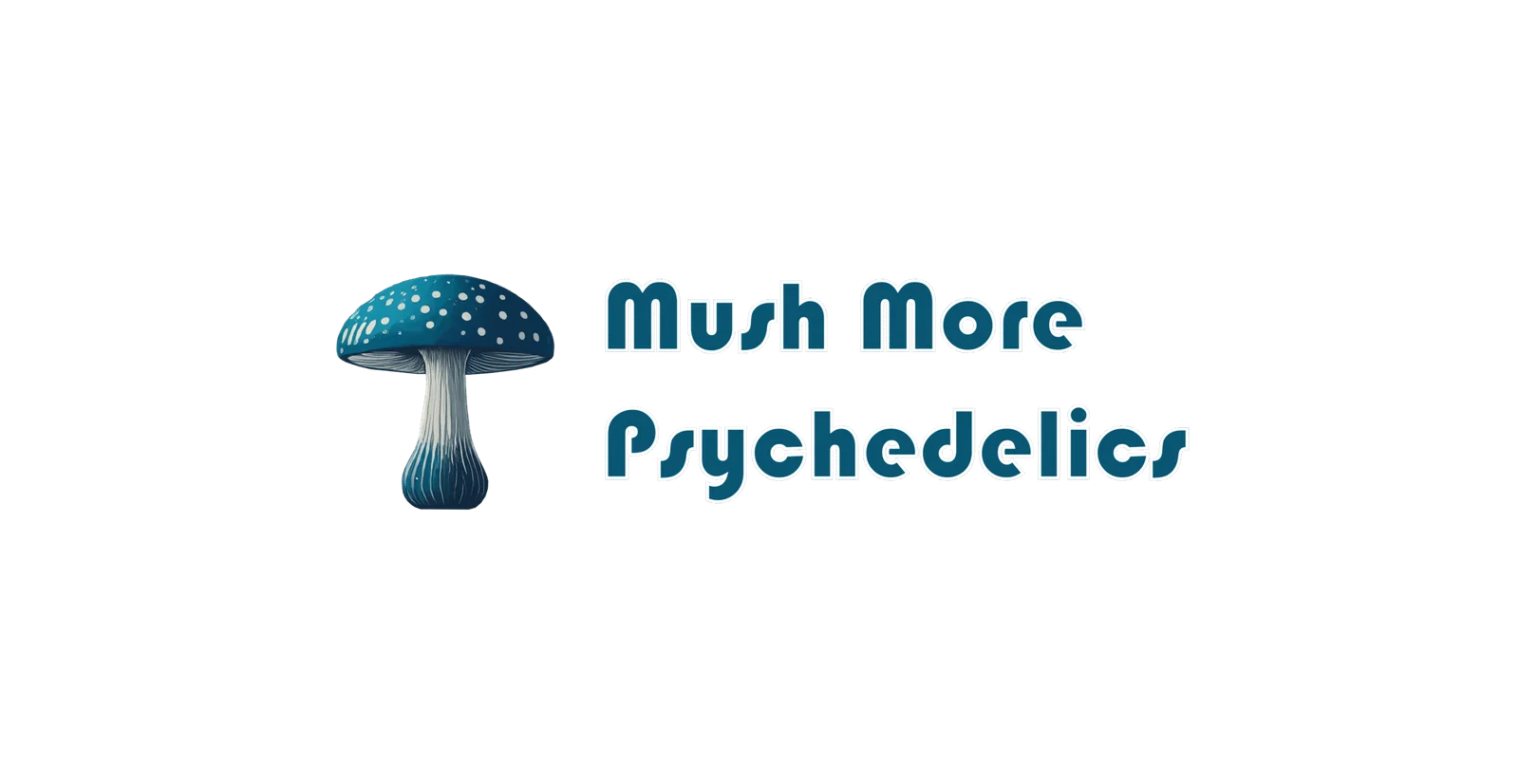
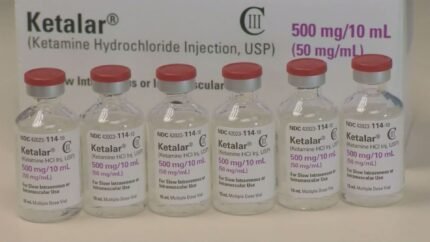








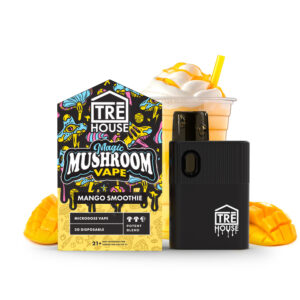
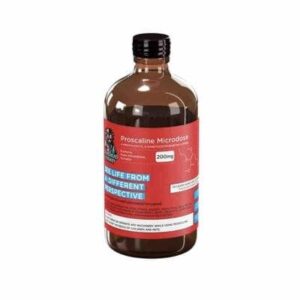
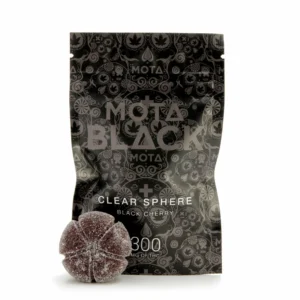





nikkiblake –
Well, this stuff definitely does the trick. I’d say it’s pretty effective for its intended purpose, and the after-effects are… interesting to say the least. All in all, a unique experience, but probably not something I’d do again anytime soon.
jennamarie –
It’s pretty intense stuff, no lie. Definitely wasn’t expecting that kind of experience, but in the end, it was a trip. I’d recommend being ready for a pretty wild ride, that’s for sure.
hunter.knox –
Well, that was an experience. Definitely not something I’d use every day, but it certainly took me somewhere I hadn’t been before. I’d suggest having a trusted friend around.
camden_hart –
It really helped me relax a little bit before my procedure. The effects were fast-acting, and everything went smoothly from there on out. I’d definitely trust this stuff again if I needed it.
samuel_hale –
It actually did the trick. The after-effects were a bit odd, but the experience itself was pretty unique. I’d say it’s worth a try if you’re looking for something different.